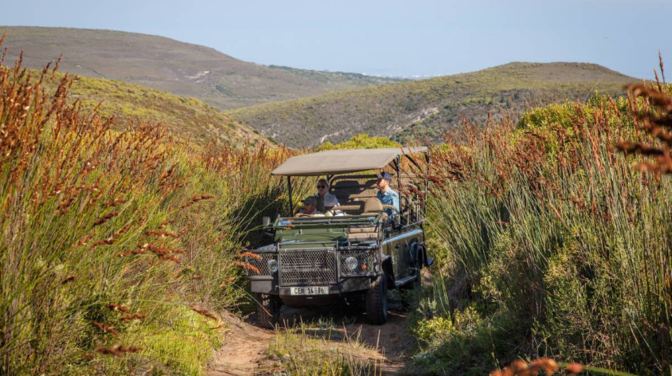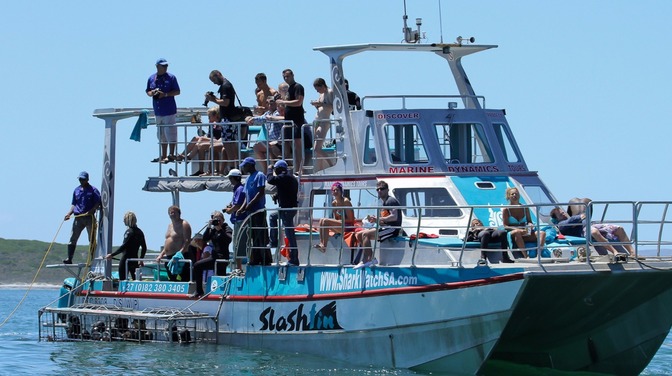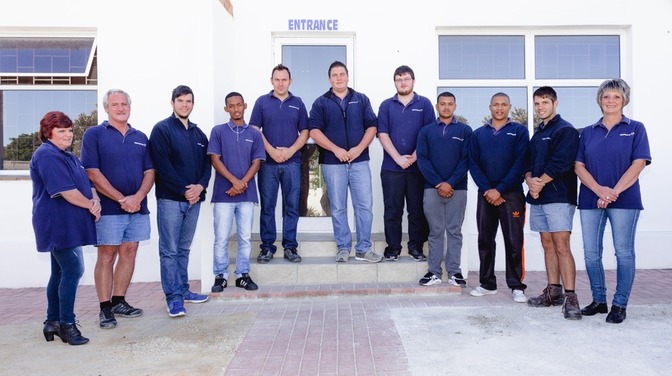Select a category
The history of Gansbaai is as rich and colourful as the exquisite beauty and bounty of the environment that birthed it.
The Khoisan nation who once roamed and cherished the richness of this land long before so-called civilisation arrived, were tragically wiped out during a devastating smallpox epidemic in 1713. An invaluable treasure trove of untold stories and cultural heritage was lost forever with them.
The first white settlers arrived in the early 1700s. They were primarily nomadic sheep and cattle farmers who only fished occasionally for leisure. It wasn’t until the early 1800s that the region’s abundant marine life began attracting dedicated fishing activities. The first permanent fishermen’s cottages were built in 1811 under the dense milkwood forests at Stanford’s Bay, near De Kelders.
Gansbaai town traces its origins to 1881 when an adventurer, Johannes Cornelis Wessels, walked here from Stanford. Johannes discovered the fishing prospects and a freshwater fountain near the old harbour. So impressed was he that he set up camp. Other families soon followed, naming the place, “Gansgat” after the colony of Egyptian geese that gathered at the fountain. The name was later refined to the more respectable Gansbaai.
Historically, the treacherous seas around Gansbaai, which have provided so abundantly, have also claimed their fair share over the years. Since the first explorer ships docked here centuries ago for fresh food and water, the rocky shores between Danger Point and Cape Infanta have been responsible for countless tragedies, leading to the loss of thousands of lives.
Seven shipwrecks around Danger Point and 140 wrecks along this coastline stand as silent witnesses to the perilous force of these waters.
One of these shipwrecks, the HMS Birkenhead, gained historical significance for being the first to apply the "Women and Children First" protocol in 1852. While the women and children were saved, all 445 men - mostly soldiers - perished.

Nature's law of giving and taking is also very evident in this land of milk and honey.
Life in this secluded fishing village was tough in those early years. Fishermen relied entirely on the sea’s bounty but were paid little for their catch.
In 1939, a factory was set up to process shark livers for Vitamin A and lubricants during World War II. This brought the community temporary economic relief. However, it wasn’t until 1952 that the fishing industry began to make a name for itself when the Gansbaai Fishing Co-op was established. This was the first fishing co-op in South Africa and still exists today.
The opening of the fish meal factory, Gansbaai Marine, further strengthened the local economy and remains one of the town’s primary industries and employment providers. Its canning division is the largest of its kind in the southern hemisphere.
Gansbaai was granted municipal status in 1963 and has since grown into a bustling town and popular holiday destination, boasting a thriving infrastructure and a flourishing tourism industry.















